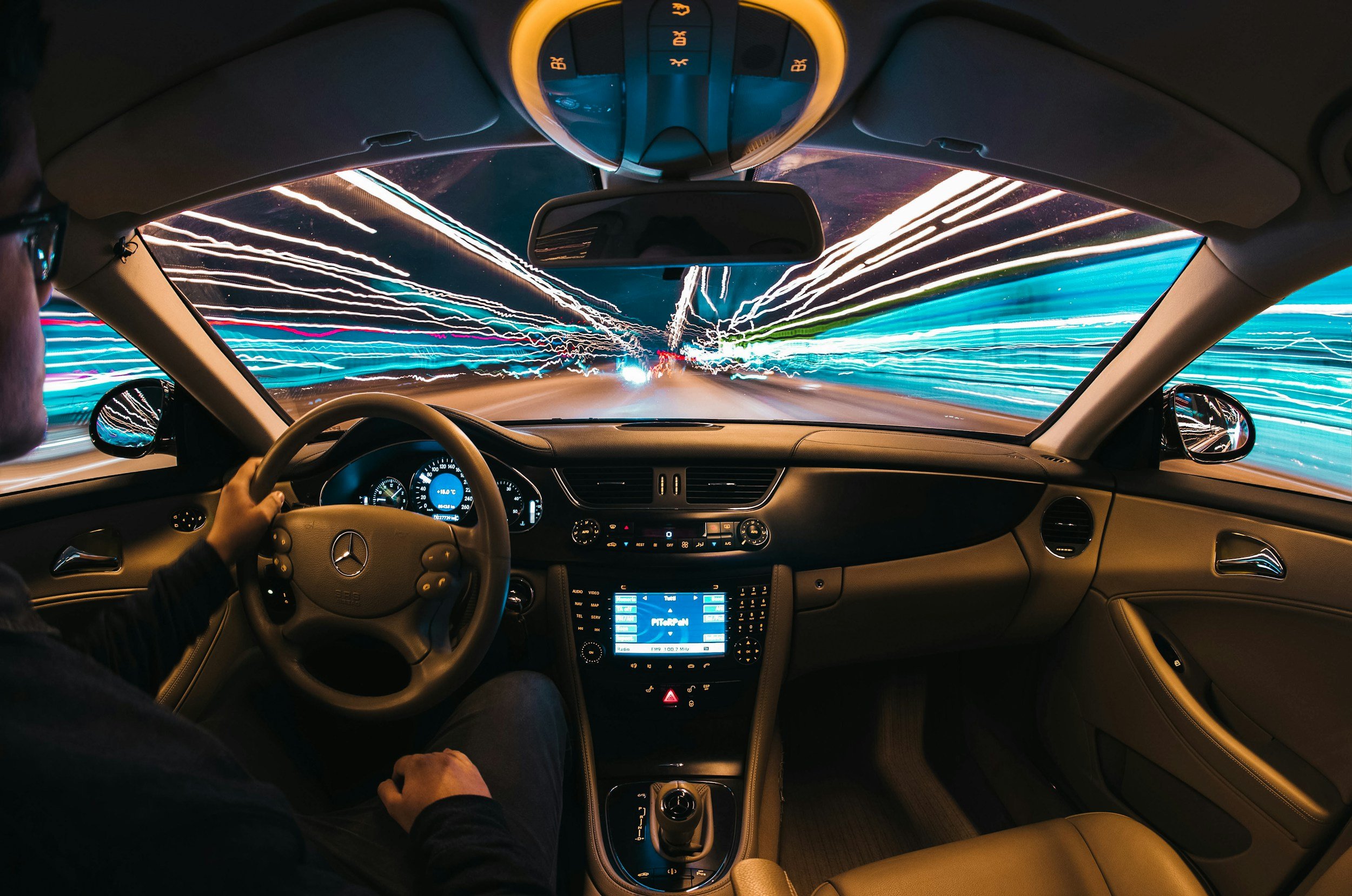Why Is My Handbrake Stuck? Common Problems and Repairs
A stuck handbrake is frustrating and dangerous, hindering driving and parking safety. A critical element in this is the parking or handbrake. It helps to keep your car safe when it is stopped. If there is anything wrong with it, the safety and function of your vehicle decline, leading to expensive repairs or even the danger of serious accidents. The common conditions for a stuck handbrake include rust or corrosion, frozen cables, an over-tightened mechanism, and even wear and tear of car components.
In modern vehicles, where electronic parking brakes are used, software glitches or sensor malfunctions can sometimes lead to the brake being stuck and engaged. You must rectify that problem as early as possible to prevent further damage to the braking system. Depending on what caused the problem, solutions may include minor adjustments and professional repairs. Trusted brake repairs like Brake Repairs Sydney have professionals who can diagnose and restore your car to be safe and reliable.
The Purpose of a Handbrake
The handbrake, or parking brake, is a vehicle's safety system that operates independently of the hydraulic brakes used during operations while the vehicle is in motion. The functionality of the handbrake involves preventing sliding, mainly by locking the rear wheels or keeping an electronic braking mechanism activated. Such events usually occur during emergencies or parking on an incline.
Because of these, the vehicle remains intact. If the handbrake fails to perform these duties, it can compromise safety or lead to worse conditions. Thus, knowing the causes of a stuck handbrake will give you the chance to settle the issues. This usually means referring to specialists like Lexus Mechanics in Sydney to diagnose and fix the problem and restore handbrake functionality.
Why Does a Handbrake Get Stuck?
Several factors can lead to a handbrake becoming stuck. From environmental conditions to mechanical failures, the reasons vary widely, but all require attention to ensure the safety and efficiency of your vehicle.
Rust and Corrosion
One of the most common reasons for a stuck handbrake is rust. Over time, dirt and moisture build up on the metal parts, causing them to seize. This problem is especially prevalent in places with high humidity or in wintertime when roads are salted. The handbrake may be challenging to disengage due to corrosion that affects cables, levers, or even the brake pads.
Frozen Cables
Another essential factor may be cold weather. Temperature drops can cause the water in the handbrake cables to freeze, locking the wires in place when moisture gets inside. This issue is more prevalent in older cars where the cable insulation may be worn out or broken.
Over-Tightened Cables
An improperly adjusted handbrake cable can lead to tension issues. If the cable is too tight, it can prevent the handbrake from fully disengaging. This issue often arises after routine maintenance if adjustments are not performed correctly.
Worn Components
The handbrake mechanism ages like any other mechanical system. Degrading parts like cables, rotors, or brake pads can reduce effectiveness. When they get too worn, the parts may adhere to one another, hindering proper operation.
Electronic Parking Brake Malfunctions
Electronic parking brakes, which use sensors and motors to engage and disengage the brake, are found on many contemporary cars. Despite their convenience, these systems are not impervious to issues. The handbrake may become stuck if the brake stays engaged due to sensor malfunctions, software bugs, or motor failure.
How to Fix a Stuck Handbrake
Addressing a stuck handbrake depends on the underlying cause. While some issues may be resolved with simple troubleshooting, others require professional repairs, especially for luxury or European vehicles.
Inspecting the Handbrake Mechanism
The first step is to look for obvious problems. The handbrake lever or pedal may occasionally become stuck due to debris or small objects blocking it. Removing these barriers might resolve the issue.
Releasing the Handbrake Gently
Releasing tension in the cables can be achieved by gently pressing the handbrake lever or pedal while moving the vehicle a little forward or backward. However, this technique works especially well for minor cable tension problems, so it should be used carefully to prevent more harm.
Lubricating Rusted Components
If corrosion or rust is the problem, using the proper lubricant can help release the seized parts. Lubrication is frequently a stopgap measure; corroded parts may need replacing to restore functionality fully.
Addressing Frozen Cables
The handbrake is released through frozen cables by gently warming the impacted area. It might be beneficial to park the car in a garage or use a heat source such as a hair dryer, but caution should be used to prevent any component damage.
Professional Repairs
For complicated problems, professional assistance is crucial. Brake Repairs Sydney possesses the equipment and know-how to identify the issue correctly. To guarantee dependable operation, they can replace broken cables, fix electronic systems, or modify the handbrake mechanism.
The Importance of Preventative Maintenance
Preventative maintenance is the best way to avoid a stuck handbrake. By taking proactive measures, you can extend the lifespan of your braking system and reduce the risk of sudden failures.
Routine Inspections
Frequent examinations by skilled professionals like Lexus Mechanics Sydney help spot possible problems before they become serious. Cables, pads, and rotors are among the parts examined for wear and damage during these inspections to ensure they continue to function at their best.
Keeping the System Clean
Regularly cleaning your car's undercarriage can help prevent the accumulation of dirt and debris that fuels corrosion and rust. This step is especially crucial if you regularly drive on muddy or salted roads.
Proper Use of the Handbrake
Correct handbrake use can also help avoid problems. Handbrakes should be engaged and disengaged gently to prevent overuse that might strain cables or other parts.
Preparing for Cold Weather
Precautions can help avoid frozen cables in cold climates. To help shield the handbrake system from severe cold, park your car in a covered spot or use a car cover.
Common Concerns About Handbrake Problems
When dealing with a stuck handbrake, car owners often have questions about the causes and solutions. Here are answers to some frequently asked questions:
Why does my handbrake feel stiff?
A stiff handbrake is often due to rust or lack of lubrication in the cables. Regular maintenance and proper lubrication can resolve this issue.
Can I drive with a stuck handbrake?
Driving with a stuck handbrake is unsafe and can cause severe damage to your braking system. If your handbrake is stuck, it’s best to seek professional repairs immediately.
How much does it cost to fix a stuck handbrake?
The cost of repairing a stuck handbrake depends on the extent of the damage and the type of vehicle. Basic fixes like lubrication or adjustments are relatively inexpensive, while more complex repairs involving electronic systems or cable replacements can be costlier. For accurate estimates, consult specialists in brake repairs in Sydney.
How do I know if my handbrake cable is damaged?
Signs of a damaged handbrake cable include difficulty engaging or disengaging the brake, reduced braking efficiency, and unusual noises when operating the handbrake. A professional inspection can confirm the issue.
Do electronic parking brakes get stuck?
Yes, electronic parking brakes can get stuck due to software malfunctions, sensor errors, or mechanical issues. Professional diagnosis is recommended to resolve these problems.
Why Professional Repairs Matter
Repairing a stuck handbrake is a job that you should not do yourself. More often than not, DIY leads to worsened conditions. This involves critical damage inflicted on essential parts that you do not have adequate instruments or expertise to handle, leading to a costlier repair bill. This is even more pronounced in the case of luxury and European vehicles, which require specialised knowledge and precision when their highly sophisticated braking systems are concerned. Professional technicians have the requisite training for accurately diagnosing and solving handbrake problems without compromising safety in your car.
Conclusion
A stuck handbrake is more than inconvenient; it is a safety issue requiring immediate attention. One way of minimising the chances of this happening is understanding some of its causes and preventive measures. However, if it ever does happen, you can always find repair services to restore your braking system, regardless of whether there was initially preventive maintenance done or not. Don't let a stuck handbrake spoil your safety or that of your vehicle.






